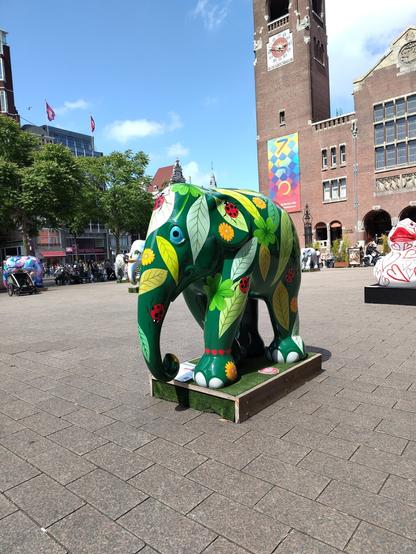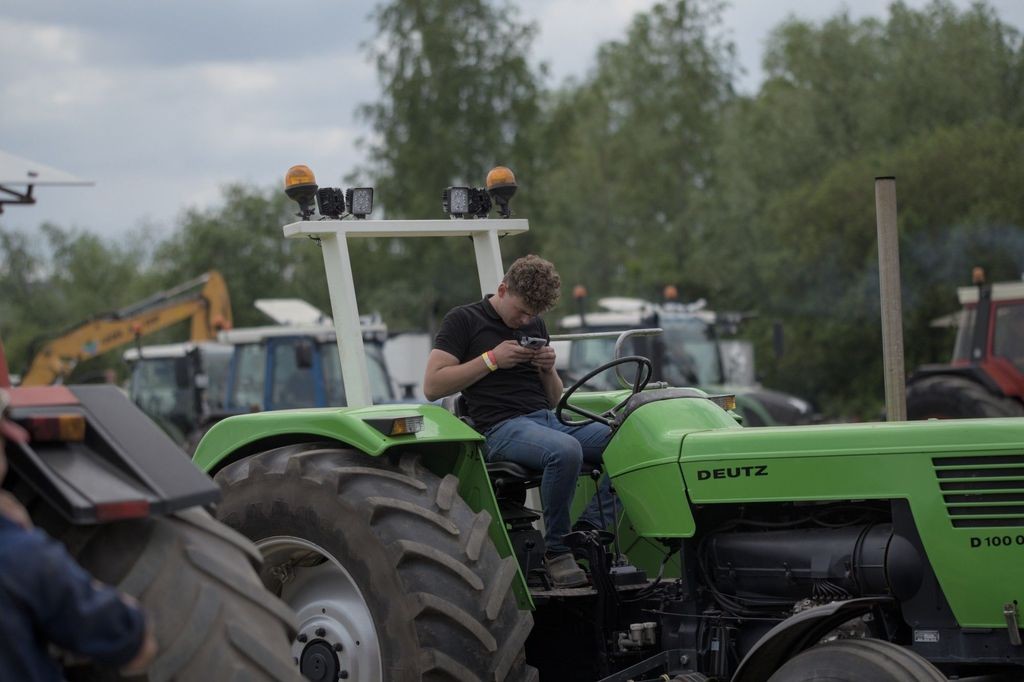Riding high
Sony A73, Sony FE 24-105mm lens
1/320th of a second, F/9, ISO 200
3rd of May 2025, 16:21 CET
#jdjphotography #rotterdam #rotterdammakeithappen #rotterdamhotspots #kommieuitrotterdamdan #mooizuidholland #zuidhollandslandschap #zuidholland #inholland #netherlands #hollandspracht #bestofnetherlands #nederland_wat_ben_je_mooi #hollands_mooiste_fotos #landscape #landscapephotography #nightphotography #cameranu_nl #zoomnl #cameraland_nl
A Ferris wheel is a large, rotating upright wheel with passenger cabins (often called gondolas) attached along its rim. As the wheel turns, these cabins remain upright, offering riders elevated views of the surrounding area. Ferris wheels are staples at amusement parks, fairs, and cityscapes worldwide.
Ferris wheels operate using a combination of mechanical and physical principles. Rotation Mechanism: Electric motors drive gears that turn the central axle, causing the wheel to rotate. Gravity's Role: While motors initiate movement, gravity assists in the wheel's rotation, especially as it descends, contributing to the ride's smooth motion. Cabin Stability: Gondolas are designed to pivot at their attachment points, allowing them to remain upright due to gravity as the wheel turns.
Riders often experience a sensation of lightness at the top of the wheel and increased pressure at the bottom, due to changes in apparent weight caused by the wheel's motion.
Before the modern Ferris wheel, "pleasure wheels" existed in the 17th century, where passengers rode in chairs suspended from large wooden rings turned manually. The first modern Ferris wheel was designed by George Washington Gale Ferris Jr. for the 1893 World's Columbian Exposition in Chicago. Standing at 80.4 meters (264 feet), it featured 36 cars, each accommodating up to 60 passengers.










